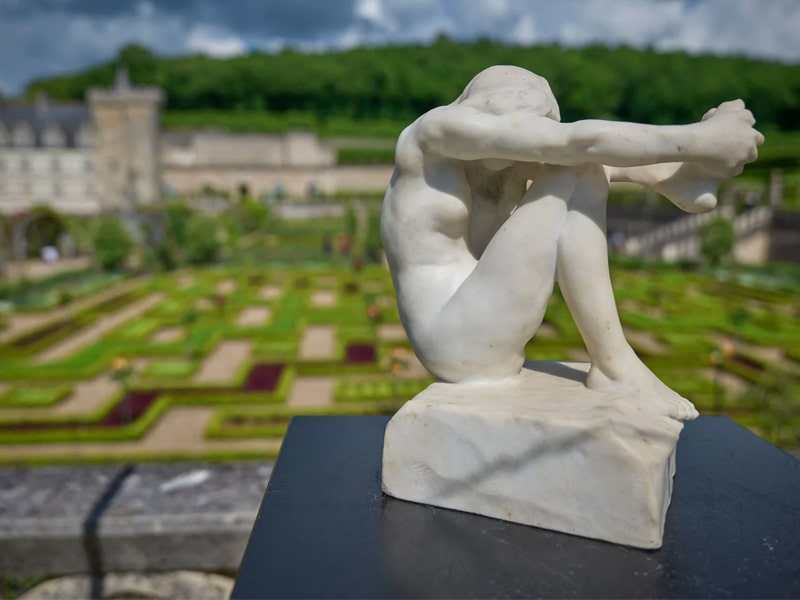Long-Lost Rodin Marble Found on Family Piano Fetches Nearly $1M at Auction A marble sculpture by Auguste Rodin, long believed to be a copy, has stunned art historians and collectors alike after selling for nearly $1 million at a French auction. Titled “Le Désespoir”, the 19th-century sculpture had been resting quietly atop a piano in a central France home, dismissed by its owners as a mere replica. From Forgotten to Priceless The sculpture, depicting a female figure sitting in introspective anguish, was initially created between 1892 and 1893. Measuring just 28.5 cm x 15 cm x 25 cm, it was originally designed as part of Rodin’s legendary unfinished masterpiece, “The Gates of Hell.” The family, unaware of its origin, kept it beside family photos for years. It wasn’t until auctioneer Aymeric Rouillac examined the details — the lifelike muscles, the defined vertebrae — that suspicions of authenticity emerged. “They said, ‘It’s a fake, it’s a copy,’” Rouillac told CNN, “but I could feel the craftsmanship was something else entirely.” Confirmed by the Experts Rouillac brought the sculpture to the Comité Rodin, the official authority on Rodin’s work. Jérôme Le Blay, co-founder of the committee, confirmed its authenticity immediately, stating: “I realized in a second that it was real. I had absolutely no doubt.” Le Blay added that the piece was likely crafted during a golden period in Rodin’s career, when he was deeply involved in every step of the sculpting process. Unlike the more abundant posthumous bronze castings often seen …
Amelia
Amelia
Topics:

Long-Lost Rodin Marble Found on Family Piano Fetches Nearly $1M at Auction
A marble sculpture by Auguste Rodin, long believed to be a copy, has stunned art historians and collectors alike after selling for nearly $1 million at a French auction. Titled “Le Désespoir”, the 19th-century sculpture had been resting quietly atop a piano in a central France home, dismissed by its owners as a mere replica.
From Forgotten to Priceless
The sculpture, depicting a female figure sitting in introspective anguish, was initially created between 1892 and 1893. Measuring just 28.5 cm x 15 cm x 25 cm, it was originally designed as part of Rodin’s legendary unfinished masterpiece, “The Gates of Hell.”
The family, unaware of its origin, kept it beside family photos for years. It wasn’t until auctioneer Aymeric Rouillac examined the details — the lifelike muscles, the defined vertebrae — that suspicions of authenticity emerged.
“They said, ‘It’s a fake, it’s a copy,’” Rouillac told CNN, “but I could feel the craftsmanship was something else entirely.”
Confirmed by the Experts
Rouillac brought the sculpture to the Comité Rodin, the official authority on Rodin’s work. Jérôme Le Blay, co-founder of the committee, confirmed its authenticity immediately, stating:
“I realized in a second that it was real. I had absolutely no doubt.”
Le Blay added that the piece was likely crafted during a golden period in Rodin’s career, when he was deeply involved in every step of the sculpting process. Unlike the more abundant posthumous bronze castings often seen on the market, Rodin’s marble works are scarce, especially in private collections.
The Sale and Buyer
Following intense bidding, the sculpture was sold for €860,000 ($984,000). The winning bidder was a young banker from the US West Coast, according to the auction house.
Rodin, who died in 1917, bequeathed most of his works and rights to the Musée Rodin in Paris, making marble pieces like this almost exclusively museum-held treasures — until now.
Subscribe to Our Newsletter
Keep in touch with our news & offers













